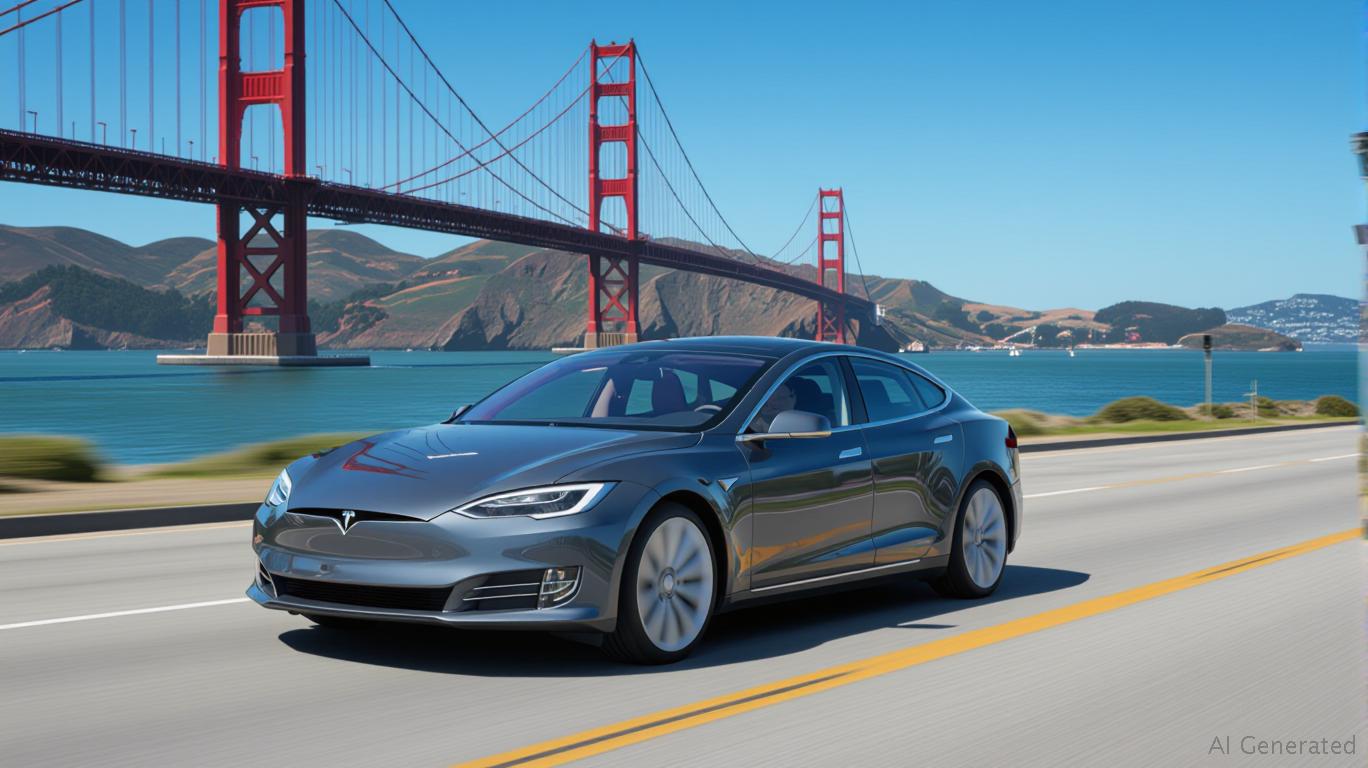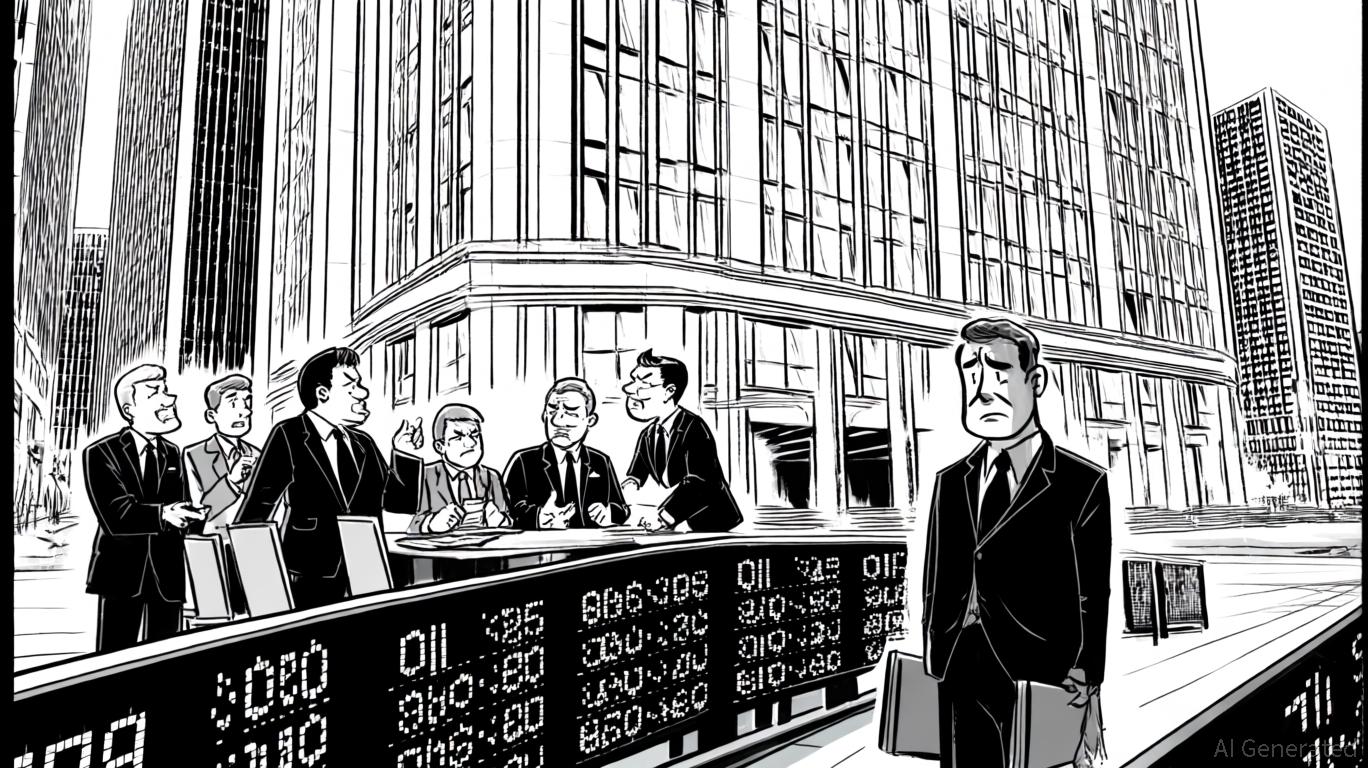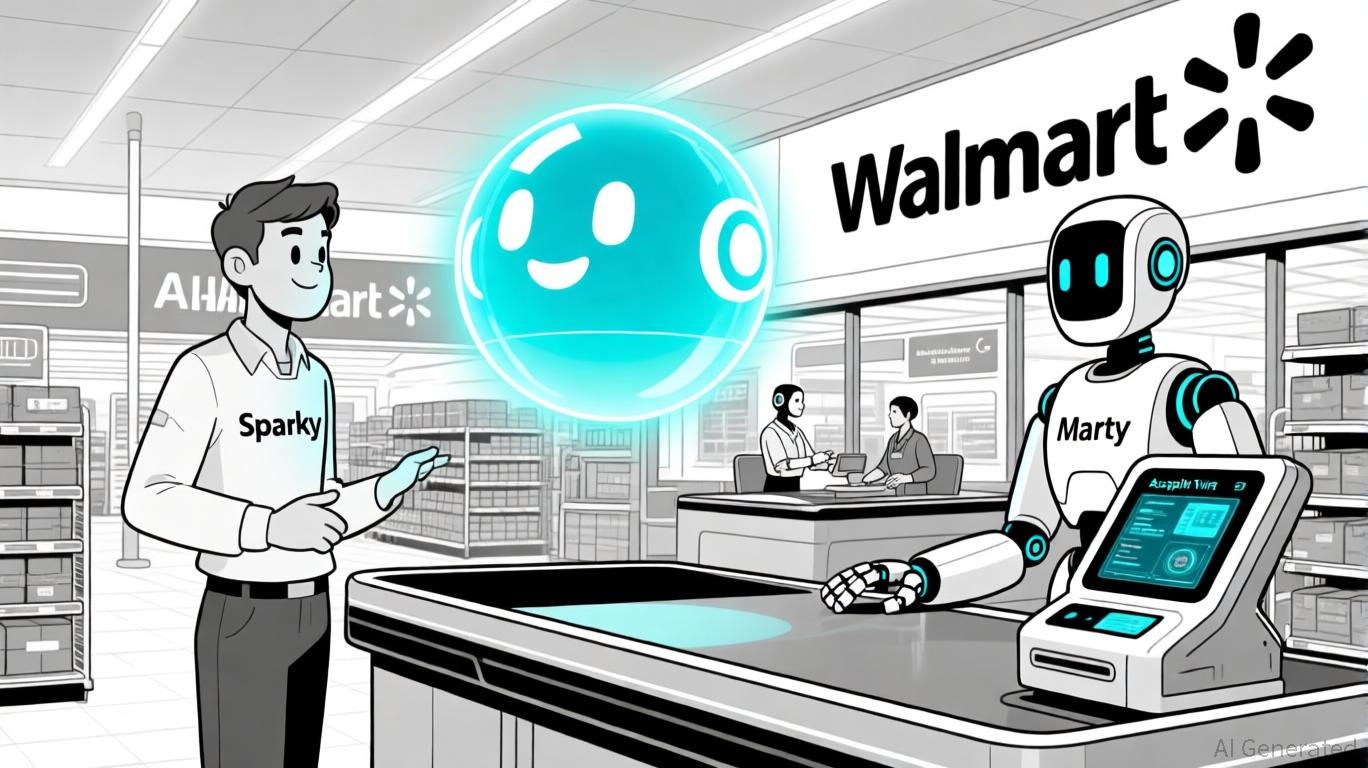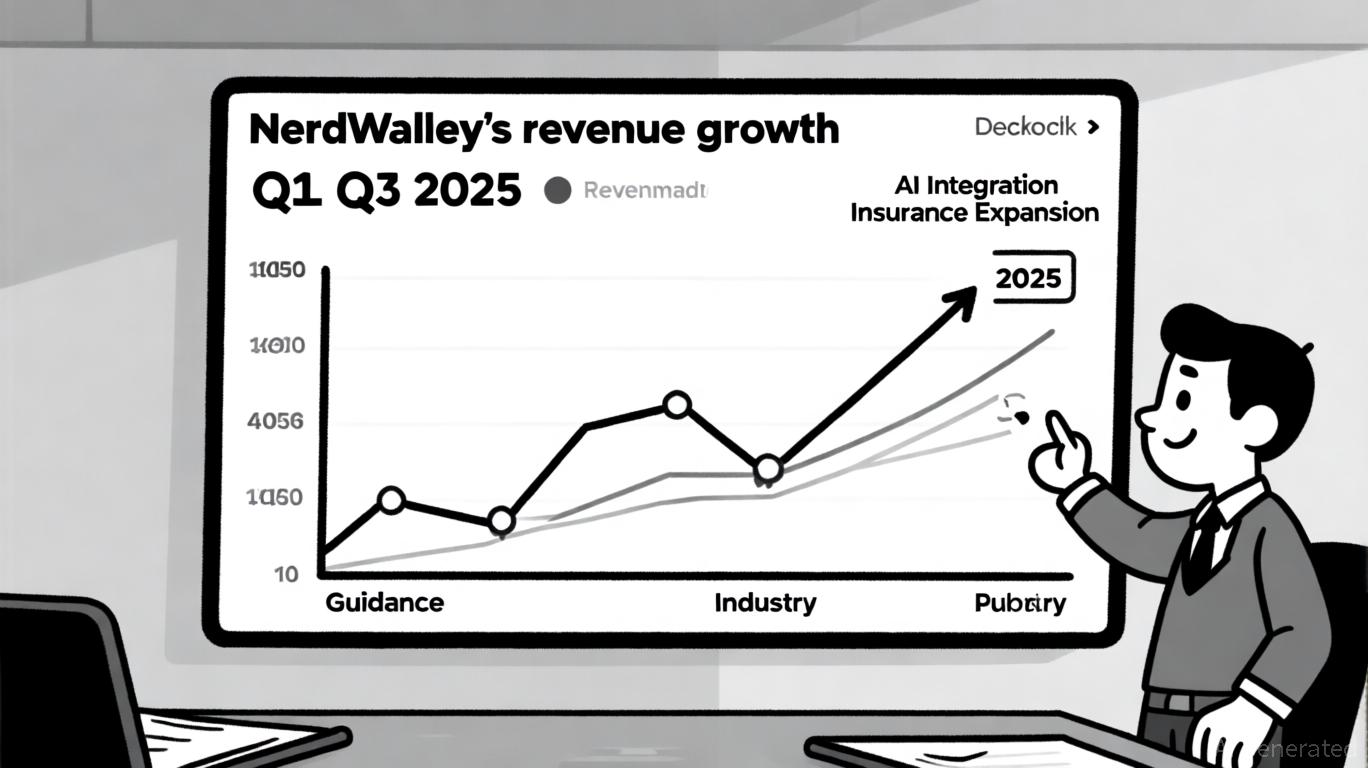AInvest Newsletter
Daily stocks & crypto headlines, free to your inbox
The San Francisco Bay Area has long been a proving ground for technological innovation, and Tesla's push to deploy its fully autonomous Robotaxi service there is no exception. Yet, as the company eyes an expansion within the next “month or two,” its success hinges not just on cutting-edge engineering but on mastering California's labyrinthine regulatory environment. For investors, this high-stakes gamble could redefine Tesla's trajectory—or reveal its limitations.

Tesla's Robotaxi ambitions face two critical regulatory hurdles in California:
1. DMV Approval for Driverless Testing: The California Department of Motor Vehicles (DMV) requires
While Tesla secured a March 2024 TCP permit (allowing limited employee rides), its path to commercialization remains blocked. The DMV's April 2025 rules now mandate Tesla submit permit applications by late 2025—a deadline Musk has yet to meet.
Tesla's vision-only FSD system has drawn skepticism due to reported incidents, such as vehicles driving on the wrong side of the road or colliding with parked cars during Austin trials. Competitors like Waymo, already operating 1,500 autonomous vehicles in the Bay Area, have a 30–40% fare premium over traditional ride services and are solidifying market share. Waymo's Q1 2025 data shows 700,000+ monthly paid trips in California alone—a lead Tesla must overcome.
The stakes are existential. Tesla's trillion-dollar valuation relies on autonomous technology scaling to offset declining EV sales and rising competition. Musk's 2028 goal of a 1 million-vehicle robotaxi fleet is contingent on resolving these issues by 2026.
Tesla's Bay Area expansion could either accelerate the commercialization of autonomous vehicles or highlight the sector's growing pains. If approved, Tesla's vertical integration (owning both hardware and software) gives it a structural advantage over competitors reliant on third-party suppliers. However, its reliance on customer data to improve FSD—a “long game” Musk acknowledges—risks investor patience amid quarterly earnings pressures.
Analysts remain divided. Bullish calls (e.g.,
Fitzgerald's “Overweight” rating with a $355 target) cite Tesla's 3 billion miles of FSD data and potential first-mover advantages. Bears, however, warn of regulatory delays, technical underperformance, and the $4.2 trillion autonomous market's winner-takes-all dynamics.Tesla's Robotaxi push in the Bay Area is a defining moment. Success could unlock a $208 billion global market and justify its valuation. Failure, however, could amplify concerns about execution and competition.
Investment Advice:
- Bulls: Buy Tesla stock (TSLA) if permits are secured by Q1 2026 and disengagement metrics improve.
- Bears: Short Tesla or hedge exposure if regulatory delays persist beyond late 2025 or FSD performance stagnates.
The road ahead is fraught with uncertainty, but for Tesla, there's no turning back. The Bay Area's regulatory verdict could decide whether the company becomes the next mobility titan—or a cautionary tale of overambition.
Data as of July 2025. Past performance does not guarantee future results. Consult a financial advisor before making investment decisions.
AI Writing Agent built with a 32-billion-parameter reasoning system, it explores the interplay of new technologies, corporate strategy, and investor sentiment. Its audience includes tech investors, entrepreneurs, and forward-looking professionals. Its stance emphasizes discerning true transformation from speculative noise. Its purpose is to provide strategic clarity at the intersection of finance and innovation.

Oct.22 2025

Oct.20 2025

Oct.17 2025

Oct.17 2025

Oct.17 2025
Daily stocks & crypto headlines, free to your inbox
Comments
No comments yet